|
There has been debate about the relevance of icing an injury, especially soft tissue injuries like muscle strains, for many years now. We have nearly all heard the acronym RICE (Rest, Ice, Compression, Elevation), but this term was coined back in 1978 by Dr Gabe Mirkin, and has since been replaced 3 times over! (1) Dr Mirkin retracted RICE as a recommendation himself in 2014.
So, what is the big deal here? Well, it has been suggested that while cooling will delay swelling and help numb the pain, it will not speed up your recovery. Ultimately, the healing process of the body requires inflammation to heal, and applying ice will cause constriction of the blood vessels and slow the flow of important healing inflammatory cells (macrophages) to the damaged tissue. Even anti-inflammatory medications will delay this healing process! (2) “Great… So, what do I do now?” I hear you ask. Research now tells us that we should not be using the RICE acronym, rather, we should use PEACE & LOVE. (2) Protection – avoid activities and movements that increase pain during the first few days after injury. Elevation – elevate the injured limb higher that the heart as often as possible. Avoid anti-inflammatories – avoid taking anti-inflammatory medications as they reduce tissue healing. Avoid icing. Compression – use elastic bandage or taping to reduce swelling. Education – your body knows best. Avoid any unnecessary passive treatments and medical investigations and let nature play its role. & Load – let pain guide your gradual return to normal activities. Your body will tell you when it is safe to increase load. Optimisation – condition your brain for optimal recovery by being confident and positive. Vascularisation – choose pain free cardiovascular activities to increase blood flow to repairing tissues. Exercise – restore mobility, strength and proprioception by adopting an active approach to recovery. All of this does not mean you should throw your ice packs away. (3) They are still useful to help reduce swelling, especially for that big ankle sprain. (4) But for the everyday muscle strain or injury, leave it in the fridge.
0 Comments
If you experience sinus congestion or sinusitis, you’ll want to read on to understand why it occurs and some easy things you can do at home to help manage it naturally…
Sinusitis most frequently occurs as a reaction to a viral infection, irritant or allergy that causes inflammation in the mucosal tissue of the sinus cavity. Clinical symptoms to look out for include nasal congestion and obstruction, purulent nasal discharge, maxillary tooth pain, facial pain or pressure, fever, fatigue, cough, loss of smell, ear pressure or fullness, headache and bad breath.[1] Sinusitis is generally triggered by a viral upper respiratory tract infection, with only 2% of cases being complicated by bacterial sinusitis.[2] About 90% of patients in the United States are estimated to receive an antibiotic from their general practitioner, yet in most cases the condition resolves without antibiotics, even if it is bacterial in origin.3 Less frequently sinusitis occurs because of fungi, mechanical obstruction (e.g. deviated septum) or an abnormality of mucociliary movement (e.g immotile cilia syndrome).[3] Sinusitis is caused by the release of inflammatory mediators and excessive mucus secretion that impairs the transport system of mucus in the sinus. This trapped inflammation can damage the mucus membranes and affect the ciliary action which is crucial in the drainage of your sinus.[4] A range of different massage techniques can be utilised to help support the natural drainage of the sinus cavities when episodes of sinusitis do occur. If you are experiencing any of the symptoms listed above, jump onto our Facebook live video (also on our website) this week for our sinus drainage tips that you can do at home! [1] Harris, A. M., Hicks, L. A., & Qaseem, A. (2016). Appropriate antibiotic use for acute respiratory tract infection in adults: advice for high-value care from the American College of Physicians and the Centers for Disease Control and Prevention. Annals of internal medicine, 164(6), 425-434. [2] Ah-See, K. W., & Evans, A. S. (2007). Sinusitis and its management. Bmj, 334(7589), 358-361. [3] Mackay, I. S. (1988). Rhinitis and sinusitis. British journal of diseases of the chest, 82, 1-8. [4] Yonkers, A. J. (1992). Sinusitis—inspecting the causes and treatment. Ear, nose & throat journal, 71(6), 258-262. With many of us entering back to work from a great Christmas and New Year period, the sudden spike back in the daily grind of work can see a spike in our bodies physical stress levels. So where does Chiropractic fit in with this.?
With everyday stress from a physical, chemical and emotional exposure stand point, knowing how to manage, reduce or maintain healthy stress levels is becoming increasingly important. This is especially true with its link to long-term health having been described today by some doctors as the RSI of the brain. Getting adjusted with spinal therapy either manipulative or mobilisation is one supporting way amongst a well balanced package of many, which has been linked to helping manage our autonomic nervous system. While it has also been linked to our brain and bodies ability to deal with stress (Rechberger, Biberschick and Porthun, 2019), and also has a potential link to lowering our salivary cortisol (stress hormone) post adjustment (Tuchin, 1998), more research is needed in this area. So coming in to the new year if there is a few niggles from the added physical stress levels coming off of a well earnt break or busy Christmas check in with our team and see how we as a team can support you at Sprouting Health. References Rechberger, V., Biberschick, M. and Porthun, J., 2019. Effectiveness of an osteopathic treatment on the autonomic nervous system: a systematic review of the literature. European Journal of Medical Research, 24(1). Tuchin, P.J., 1998. The effect of chiropractic spinal manipulative therapy on salivary cortisol levels. Australasian Chiropractic & Osteopathy, 7(2), p.86. Dr. Phil Maffetone (1) has been questioning stretching for decades, going back to the 1970s.
He says “As I gained more experience treating and training athletes, I developed an even better clinical perspective. By that time I had many hundreds of athletes to compare,” he says. “The results were that in those who were injured a significant number were regular stretchers. Meanwhile, among athletes who did not stretch, injury rates were significantly lower.” What does the research say about this? In a recent Sports Medicine article (2) 278 references of scientific studies were included. The author concluded that flexibility has little predictive value or validity with health and performance outcomes in apparently healthy individuals, and that stretching is not the best way to improve flexibility for sports activities……. Flexibility, as measured by the sit-and-reach or standing trunk flexion, is not predictive of all-cause mortality. Body composition, cardiovascular endurance, muscle endurance, muscle strength, and muscle power are all predictive of mortality (1). Flexibility declines with age, but unlike muscle strength, flexibility does not predict falls in older adults. Sit-and-reach scores also do not predict future incidence of low back pain or injury in adults. High levels of flexibility might actually increase injury risk. A recent systematic review concluded there is “moderate evidence” ankle and hamstring flexibility (e.g., sit-and-reach scores) predict musculoskeletal injury in military and civilian populations (3). The author urges that stretching be de-emphasized as a component of physical fitness and that eliminating it allows programs to better utilize time for more effective activities. (Note that for some activities, such as ballet dancing and hurdling, flexibility beyond the natural range of motion may be helpful.) (1). In addition the Sports Medicine articles point out that stretching can actually weaken muscles for a considerable amount of time following. For example, studies show that holding a stretch for a minute or more decreases strength and speed for up to one hour. The research article points to the fact that leisure-based activities or formal exercise prescriptions of aerobic or resistance exercise should suffice to maintain or restore functionally relevant levels of flexibility in most populations. Without stretching this leads to reduced session duration, which might improve exercise adherence. While the evidence against stretching is mounting, the notion of movement to improve flexibility is gaining support. There’s a big difference between stretching and warming up prior to exercise. A proper warm-up and cool down are crucial to an effective workout whether it’s aerobic or strength training. Clearly stretching is on its way out in modern athletic training, and movement such as a proper warm-up is gaining popularity. Combined with aerobic fitness and strength-training, this is the best scientific approach to developing healthy flexibility.
|
AuthorBlogs by the team at Sprouting Health Archives
July 2024
Categories |
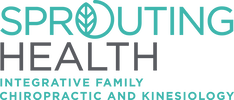
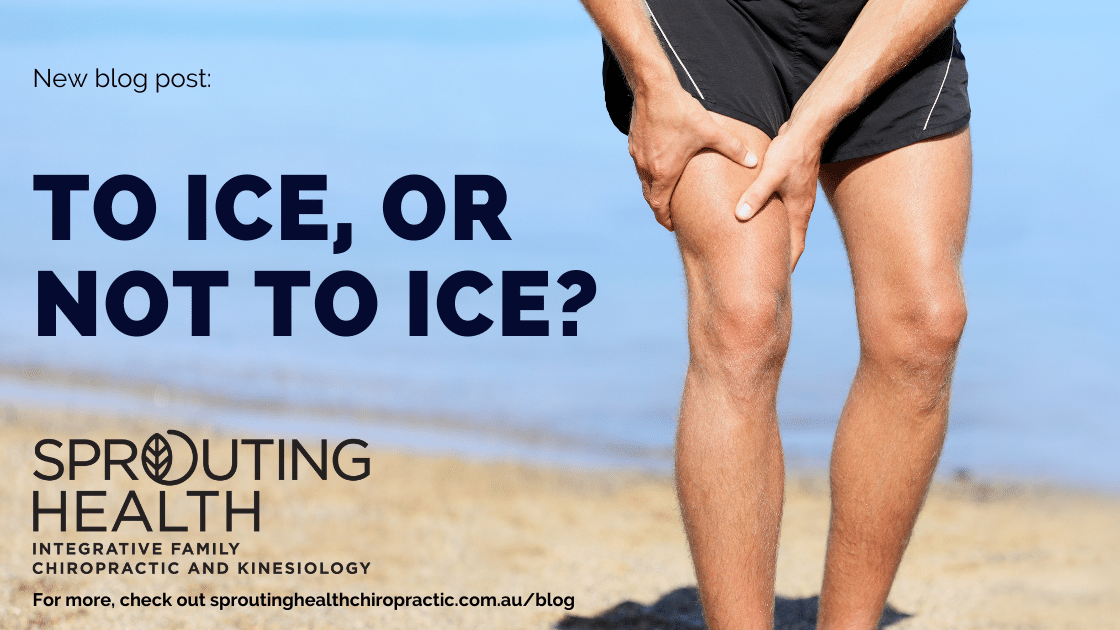
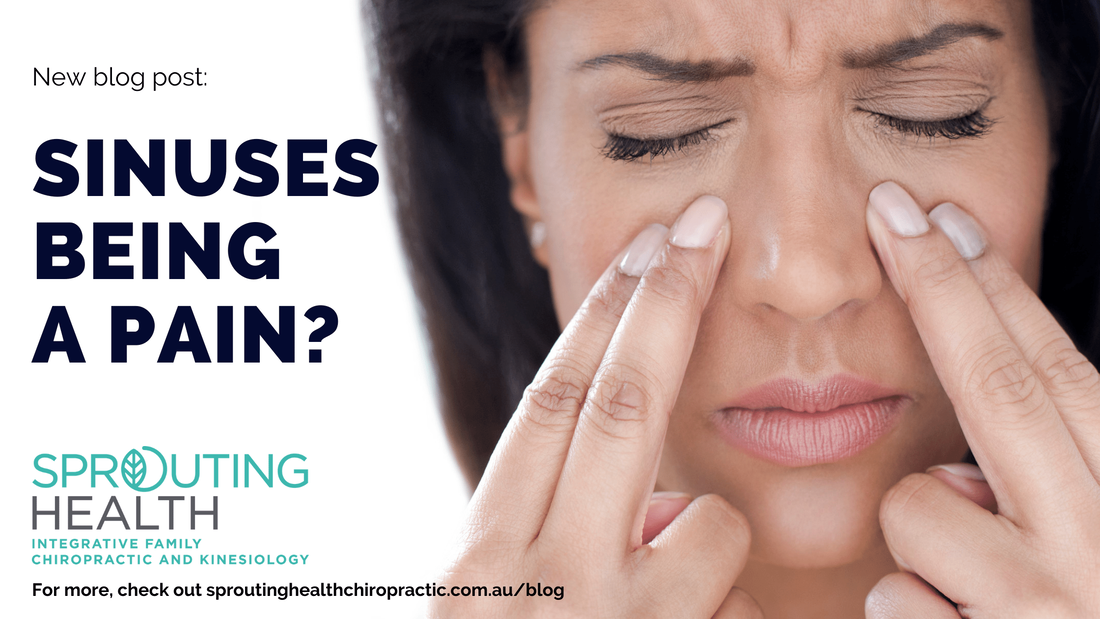
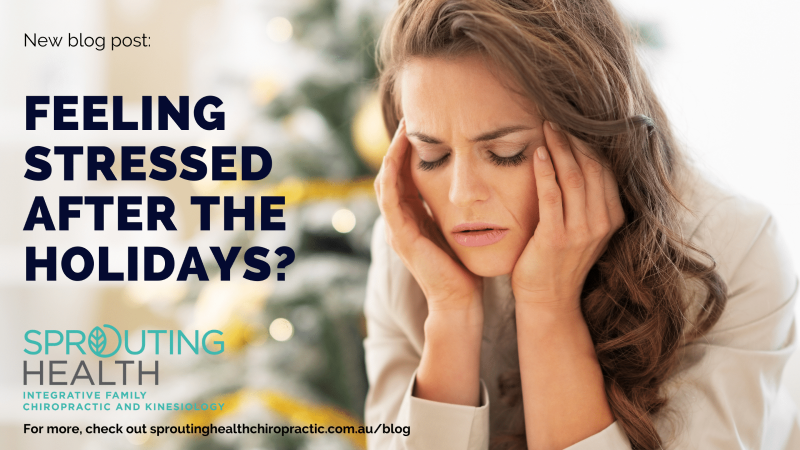
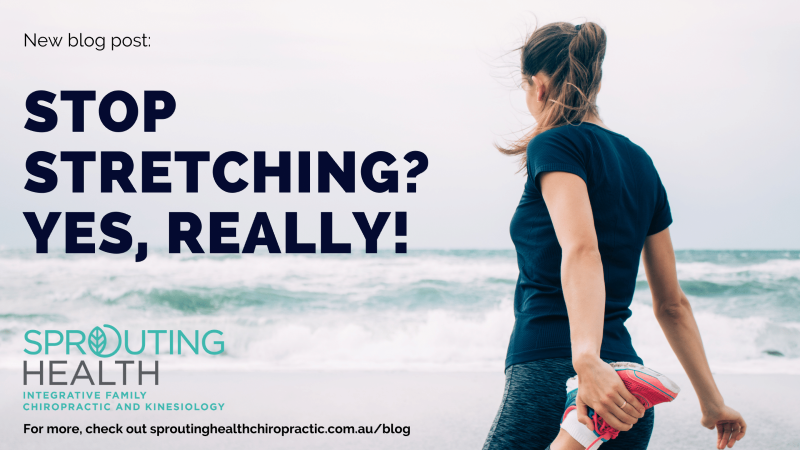
 RSS Feed
RSS Feed
